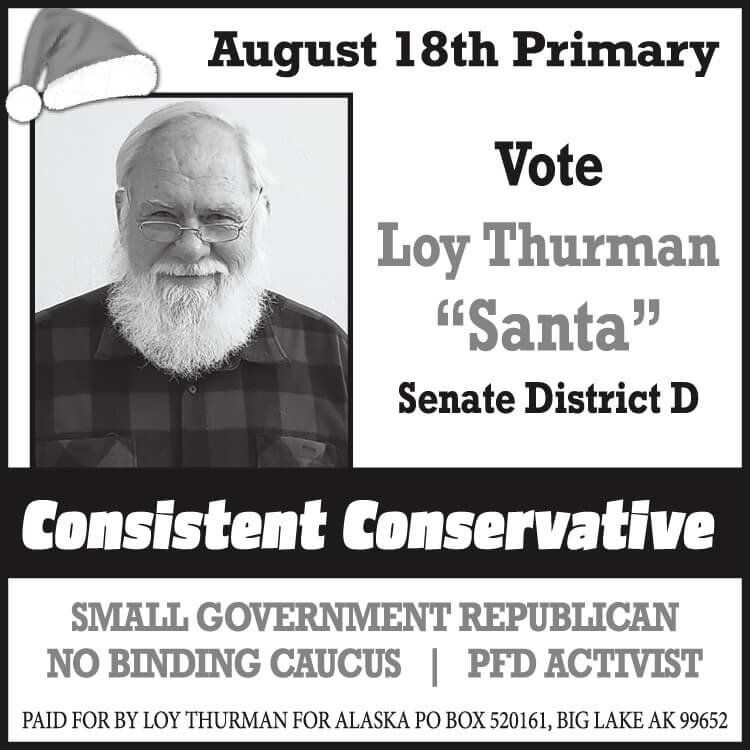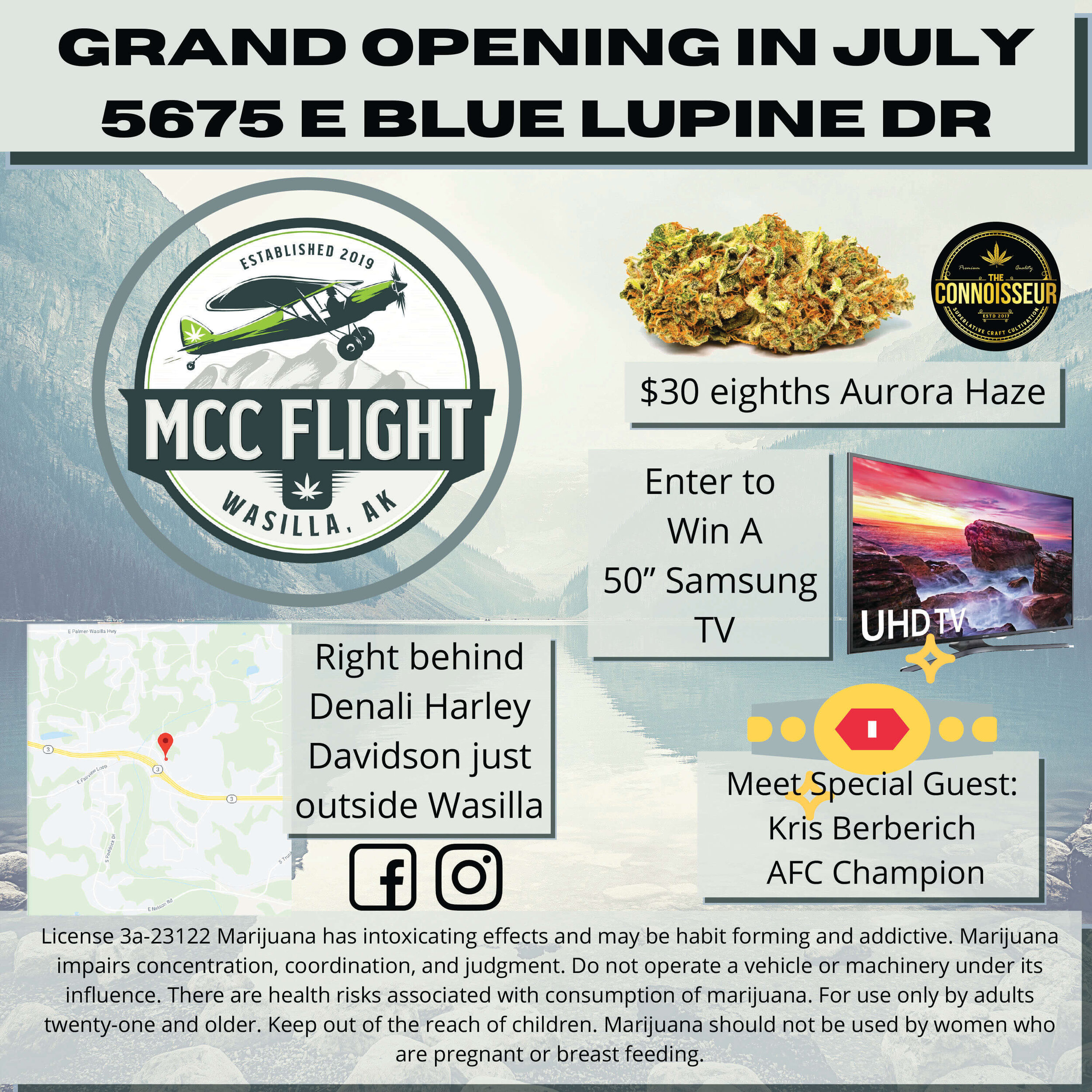Contributed by Helen Hegener
Among the articles in the Nov-Dec issue of Alaskan History Magazine is a
look back at the Matanuska Valley in 1898, when Captain Edwin F. Glenn
was the officer in charge of explorations in southcentral Alaska. His
assignment was to explore the territory north of Cook Inlet and discover a
route from the coast through the Alaska Range to the Tanana River.
Captain Glenn was charged with collecting and reporting on all information
that was considered valuable to the development of the country, so his
descriptions of the expedition are a fascinating look at one of the earliest
official government incursions into the Cook Inlet and Matanuska regions,
and northeast into the Copper River Basin.
Captain Glenn kept a diary of his travels, which is available to download or
read free online at the UAA/UPC Consortium Library website. His writings
illuminate the many trials which beset the expedition, but they also give
voice to a keen observer of the world around him.
“We reached Knik Inlet finally, cast anchor, and waited for the vessel to go
aground before attempting to unload. We were deeply impressed with the
appearance of everything in this inlet. The weather was much more mild
than in the lower part of the inlet, and the season more advanced than at
Tyoonok or at Ladds Station by at least three weeks. The trees were in
almost full leaf, and the grass a sort of jointed grass resembling the famous
blue grass of Kentucky was abundant and at least a foot high. The length of
this arm is about 25 miles. Coming in at the head of it were the Matanuska
and Knik rivers, the former from the east, the latter from the south. The
valley there is quite flat and about 20 miles across. In fact, the valleys of
both streams are in full view from just above the trading station.”
Geologist W. C. Mendenhall, a member of Captain Glenn’s expedition who
would go on to a distinguished career, made the first rough geological
survey of the Matanuska Valley and the routes followed by Glenn.
Mendenhall’s explorations covered the western shore of Prince William
Sound and a route extending from Resurrection Bay to the head of
Turnagain Arm, through Crow Pass to Eagle River and Knik Arm, up the
Matanuska Valley, and then northward to the Tanana River. Mendenhall’s
report described what they found:
“The Matanuska Valley is at present reached from Knik, which is the head
of navigation on Cook Inlet, and to which vessels of shallow draft can go at
high tide. There is a good horse trail from Knik to the upper end of
Matanuska Valley, and the character of the ground and of the vegetation is
such that this trail could be made into a wagon road at comparatively slight
expense. It takes horses from one to two days to reach Moose Creek,
depending on the load, and … a day and a half to go from Moose Creek to
Chickaloon River.”
“The principal trading and mining centers are Sunrise, Hope, Tyonek, and
Knik, and in these camps or the mining regions adjacent to them most of
the whites may be found. Two small parties this year (1898) succeeded in
getting nearly across the Copper River Plateau, and a few hardy traders or
prospectors in previous years have reached the interior, but they have left
no records.”
Mendenhall described the Valley as an access route to interior Alaska:
“From the head of Knik Arm the Copper River Plateau and all of the interior
accessible from it is reached by way of the Matanuska Valley. For the
greater part of the way from Palmer’s store on Knik Arm to Tahneta Pass,
at the head of the river, travel is easy. A sharp climb of 1,000 feet after
crossing Chickaloon Creek, a little rough work in getting across the canyon
of Hicks Creek, and a short steep climb out of the valley of Caribou [Creek],
are the principal obstacles. The Tazlina River heads east of this gap, and
by following it the Copper will be reached a few miles above the new town
of Copper Center. This route has been followed by the Copper River
Indians for many years in their annual trading trips to the stores on Cook
Inlet.”
Mendenhall wrote of their guide, Mr. Hicks, who had been prospecting in
the area for three years: “Among the prospectors at the head of Cook Inlet
but one was found who was acquainted with the Matanuska country. This
gentleman, Mr. H. H. Hicks, Captain Glenn was so fortunate as to secure
as a guide for the expedition, but neither he nor anyone else could give us
any definite idea of the character of the interior beyond the head of the
Matanuska.”
An expanded version of this article is available at the website for Alaskan
History Magazine: https://alaskanhistory.wordpress.com/2019/11/22/1898-
matanuska-valley/

















































